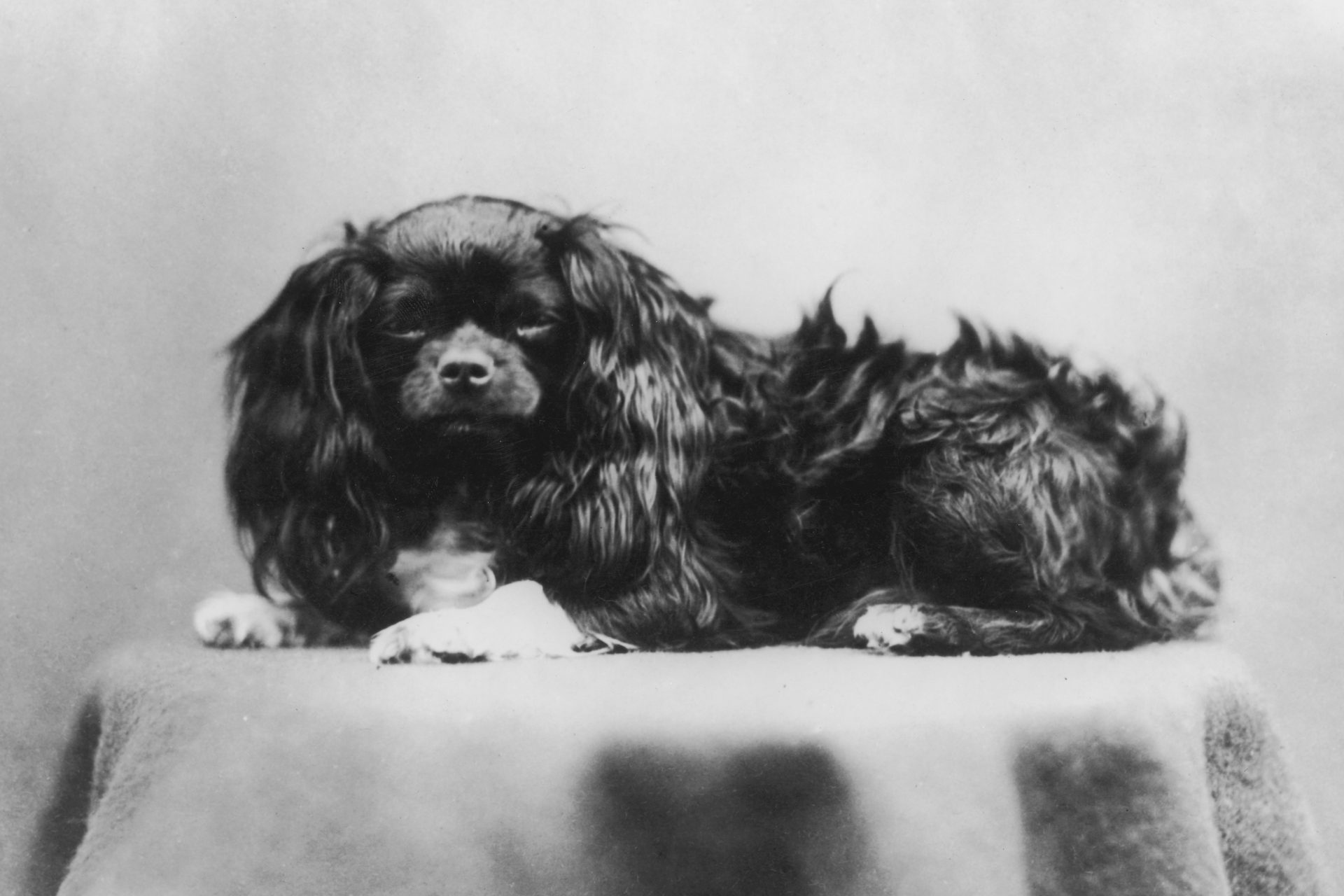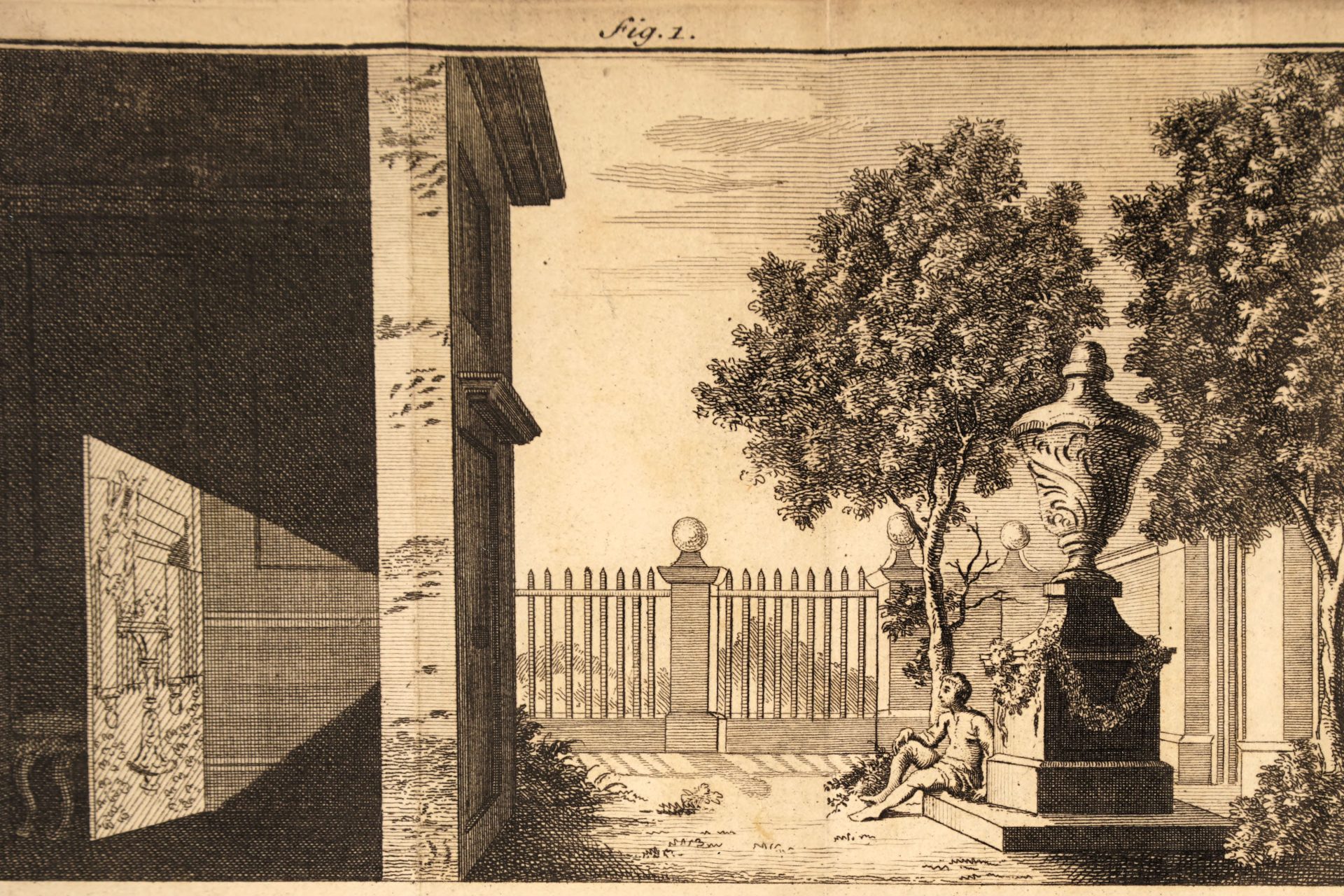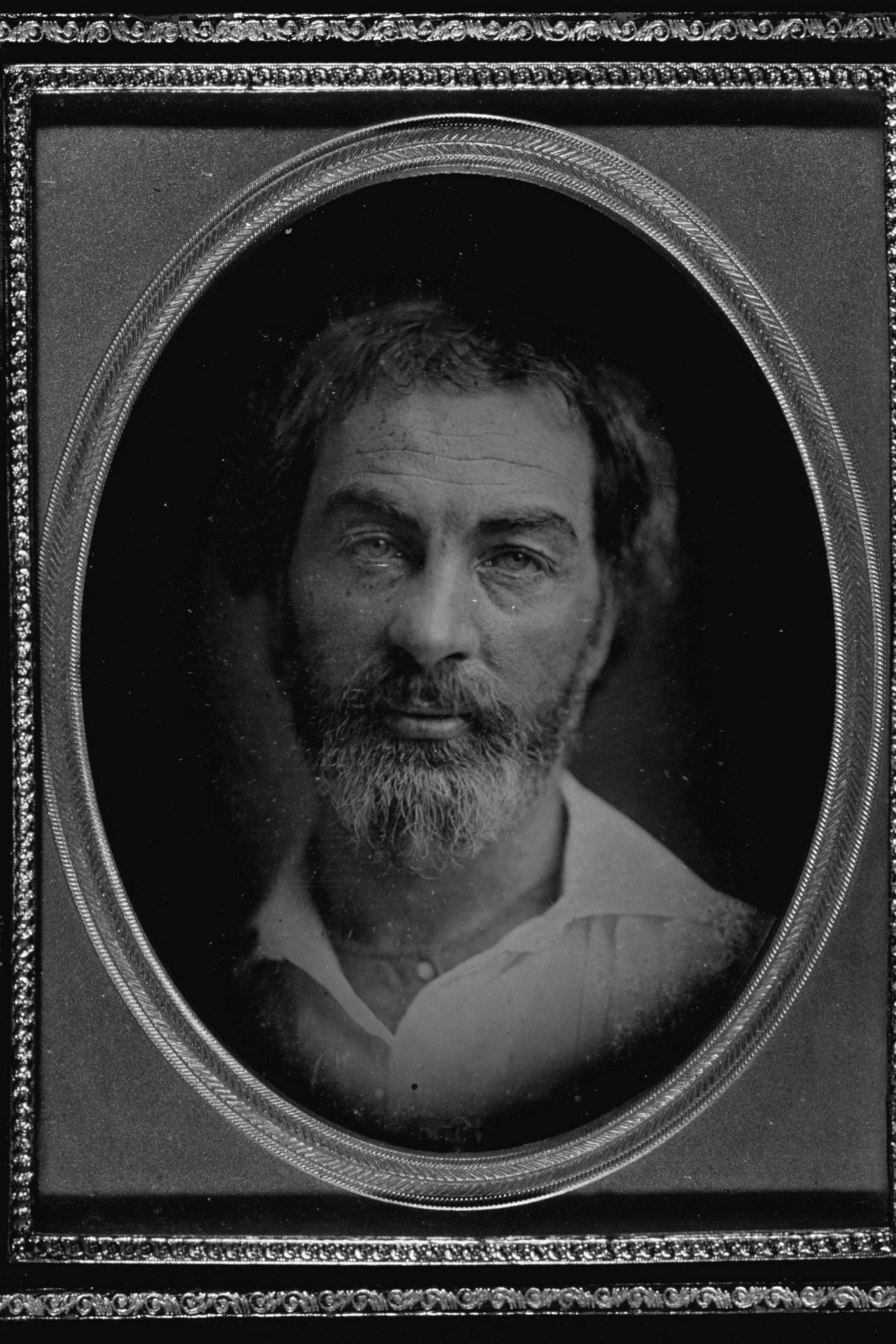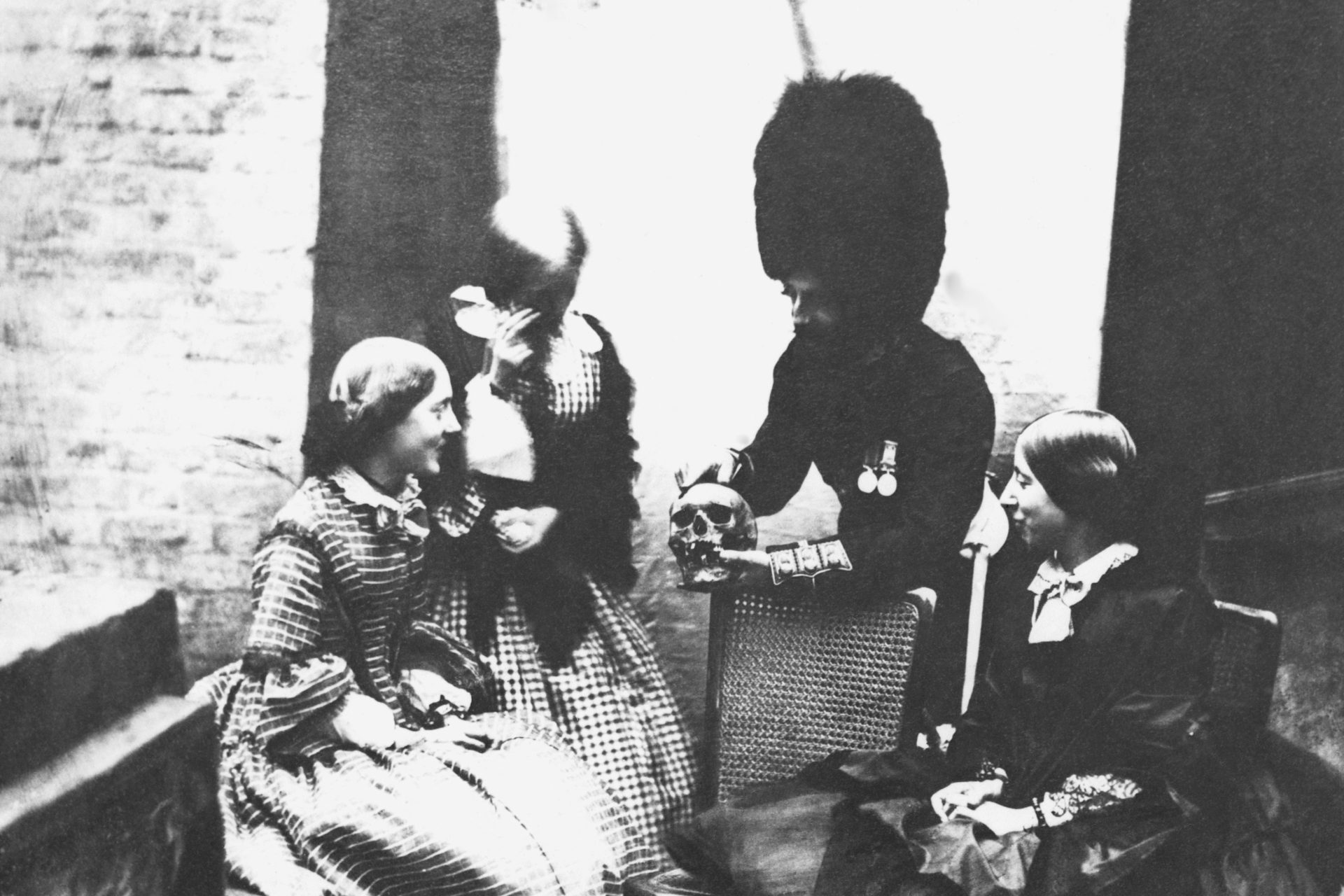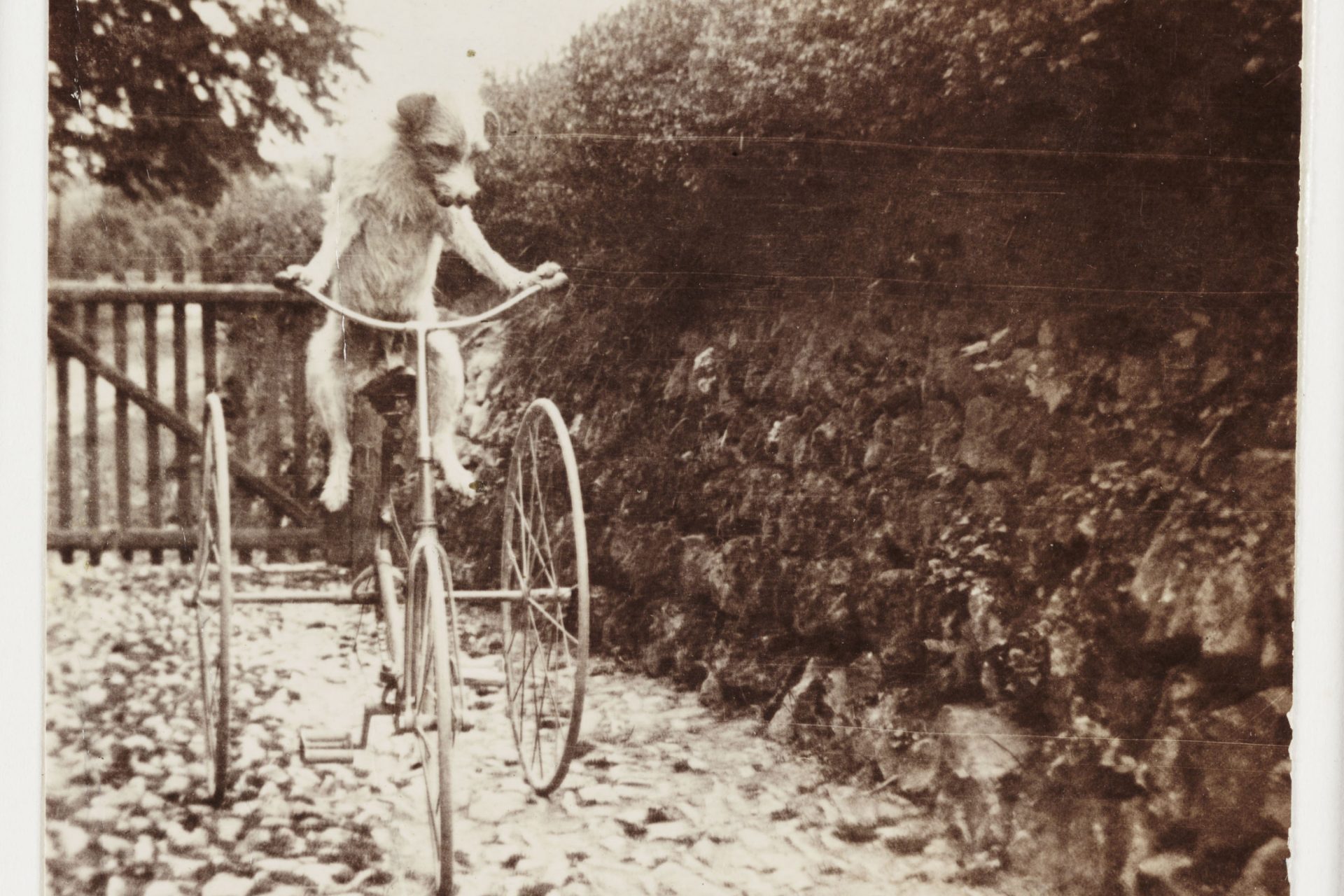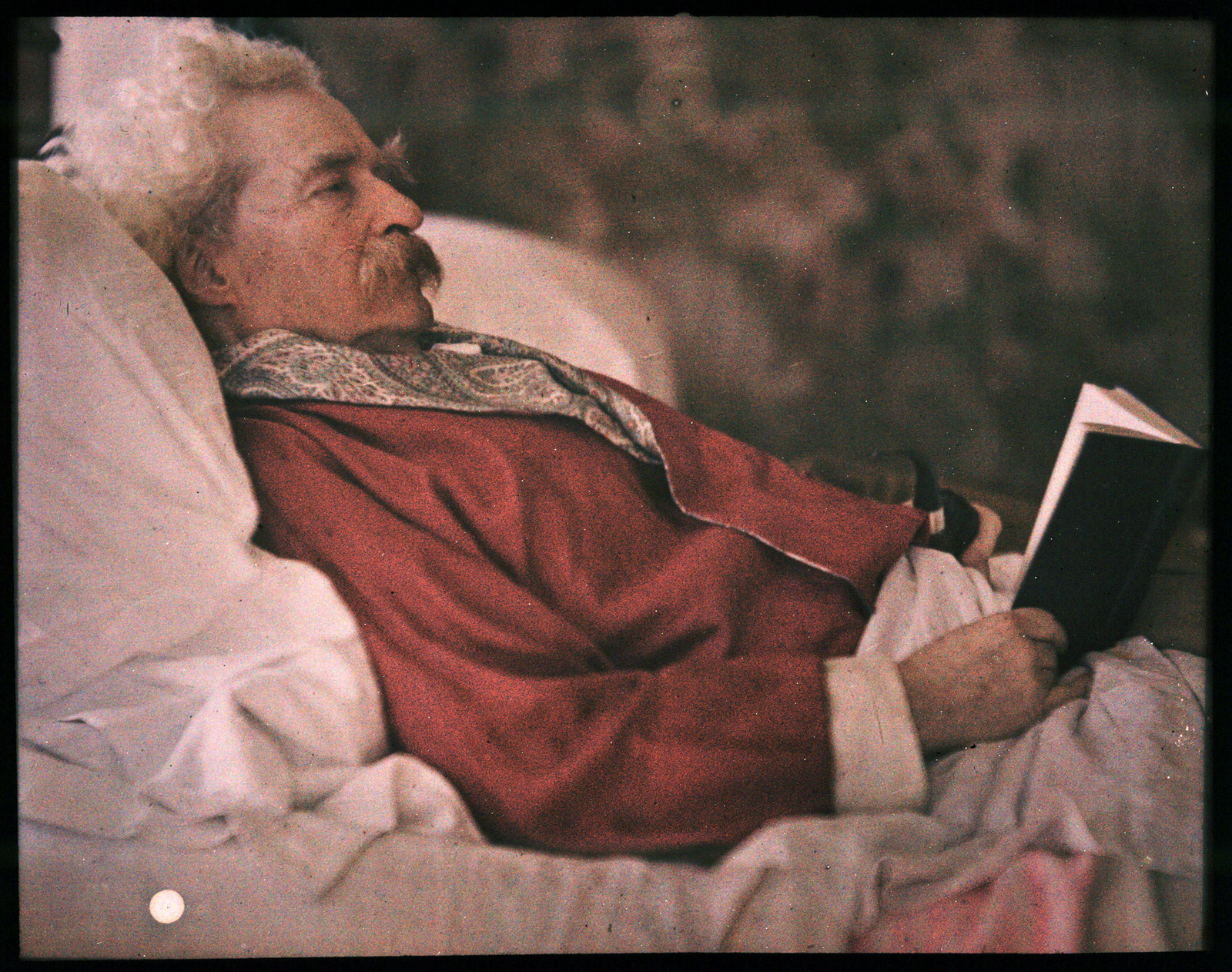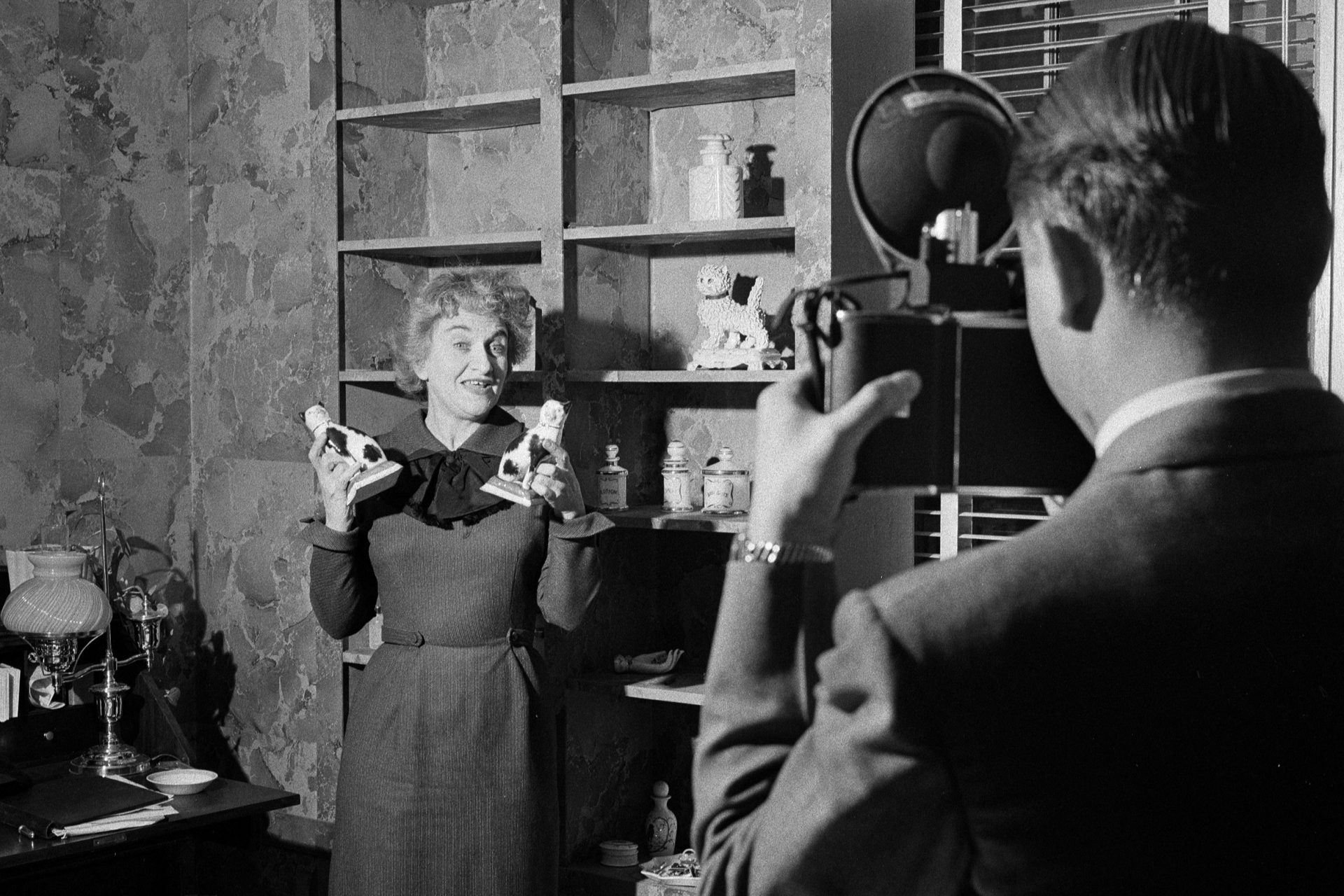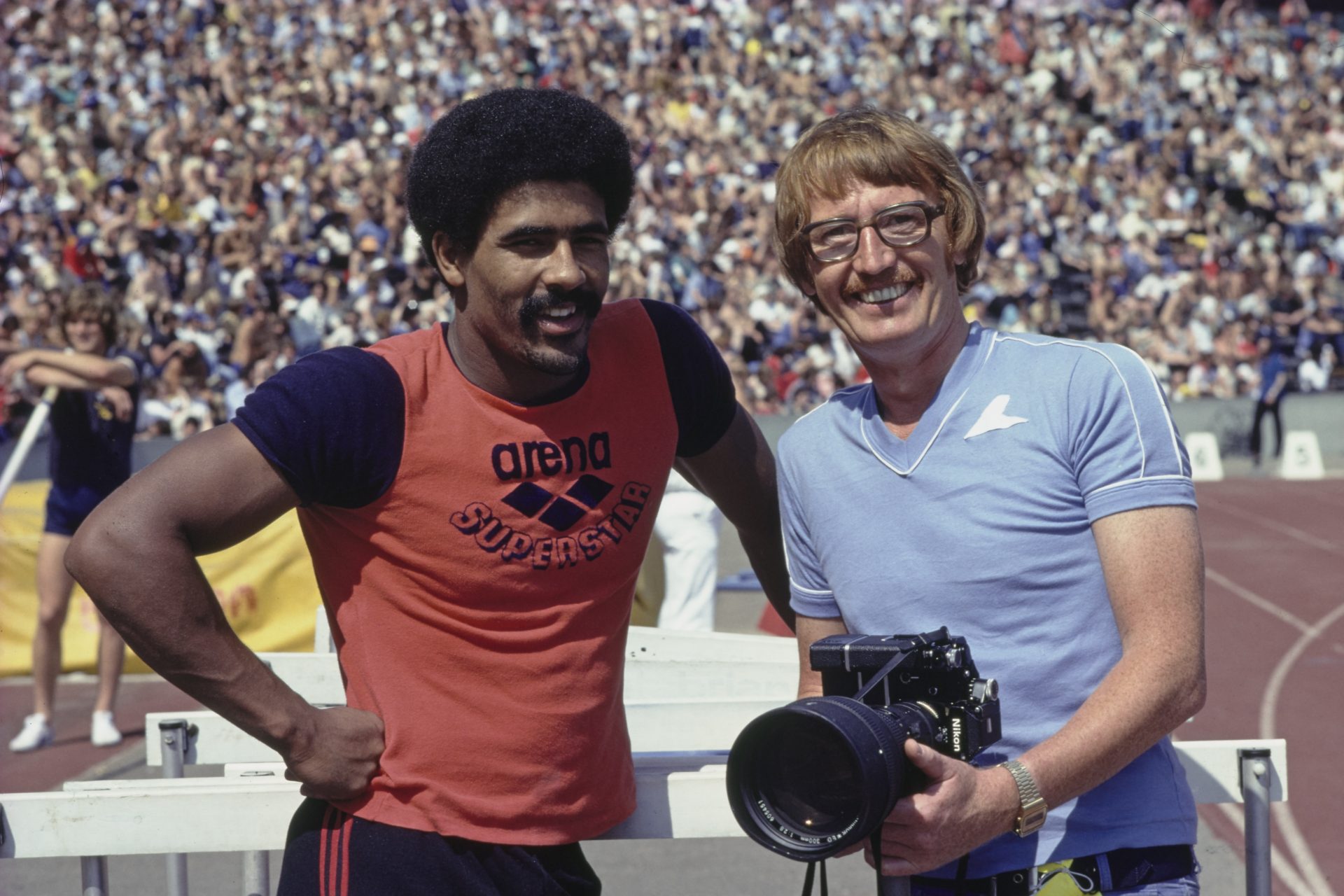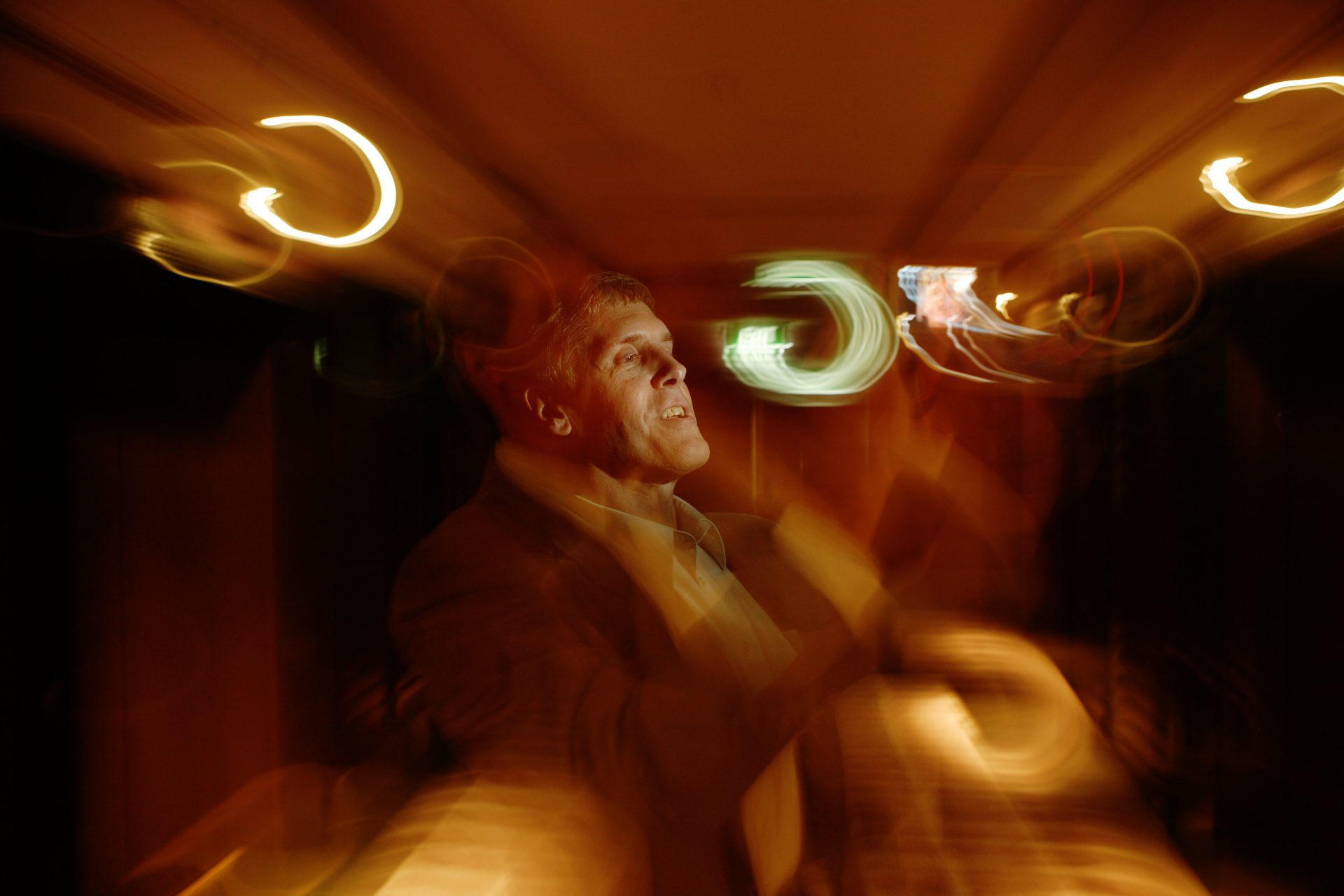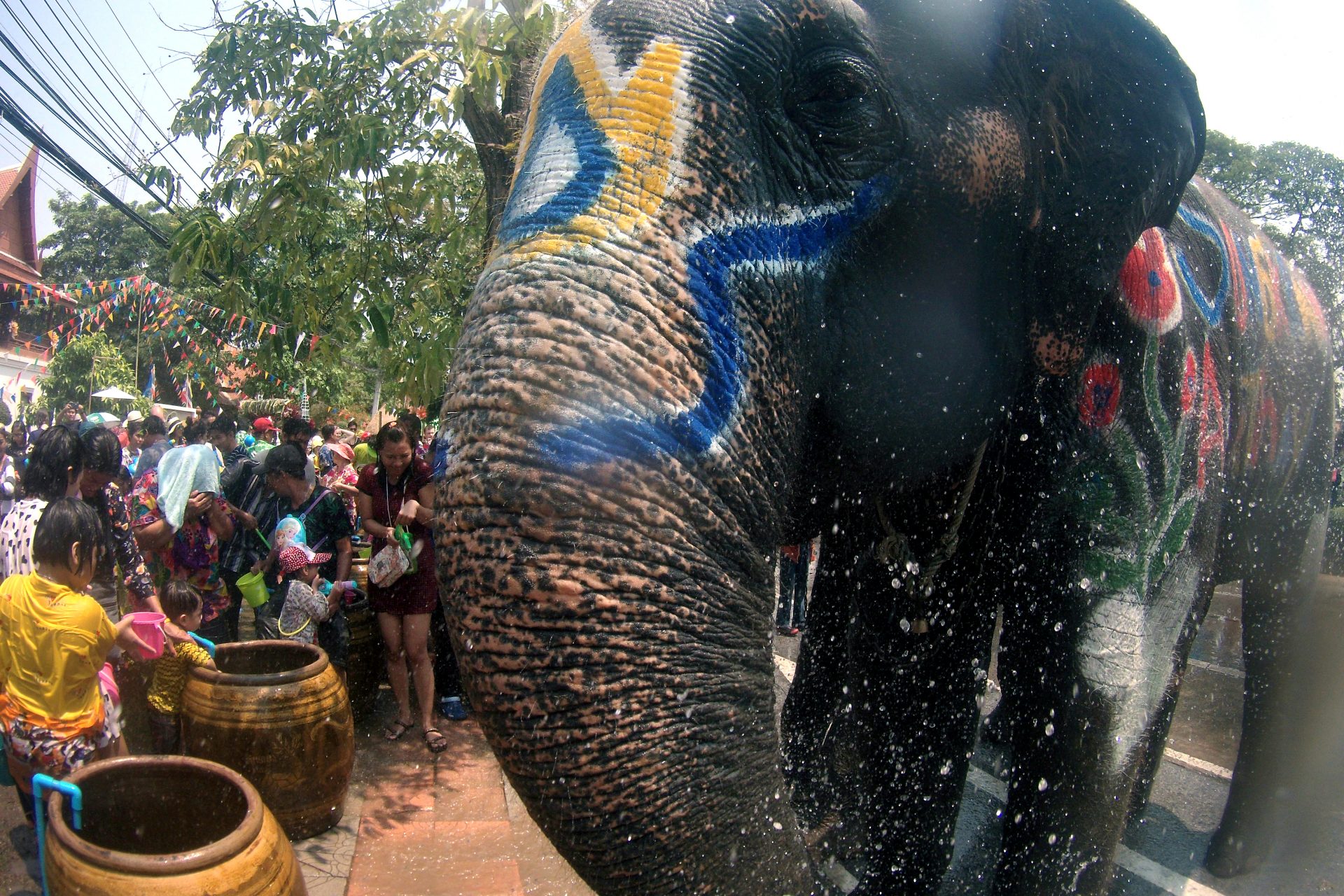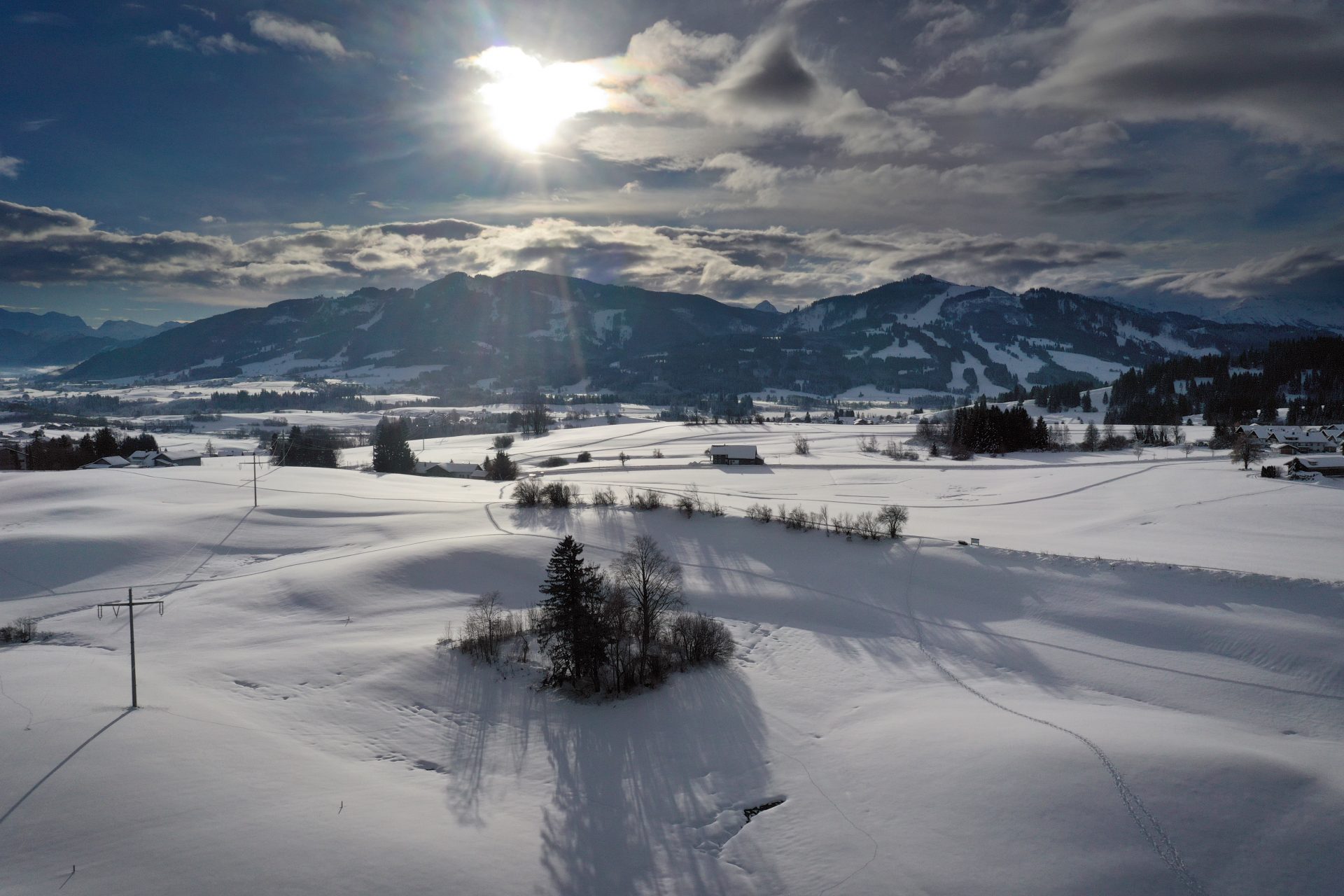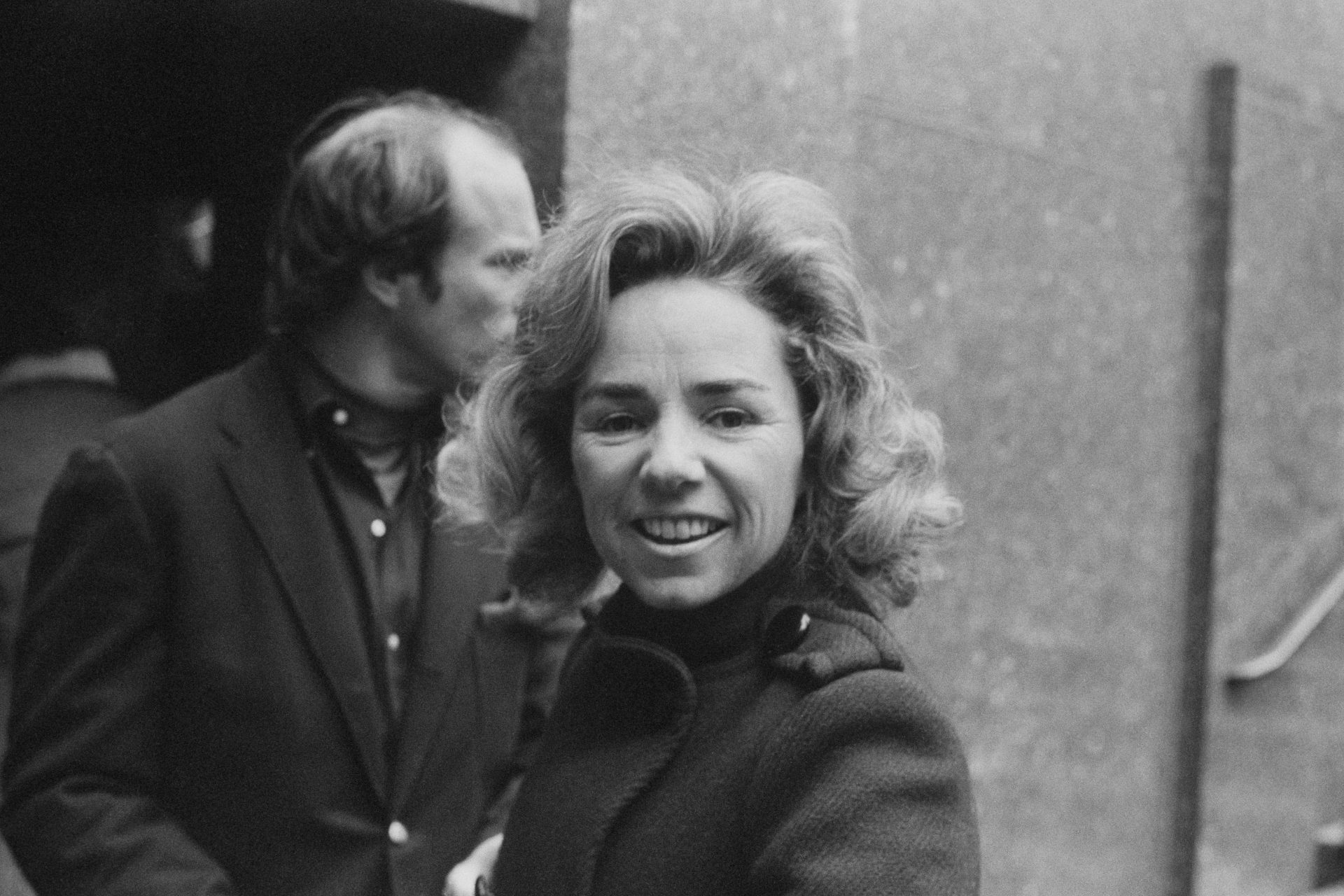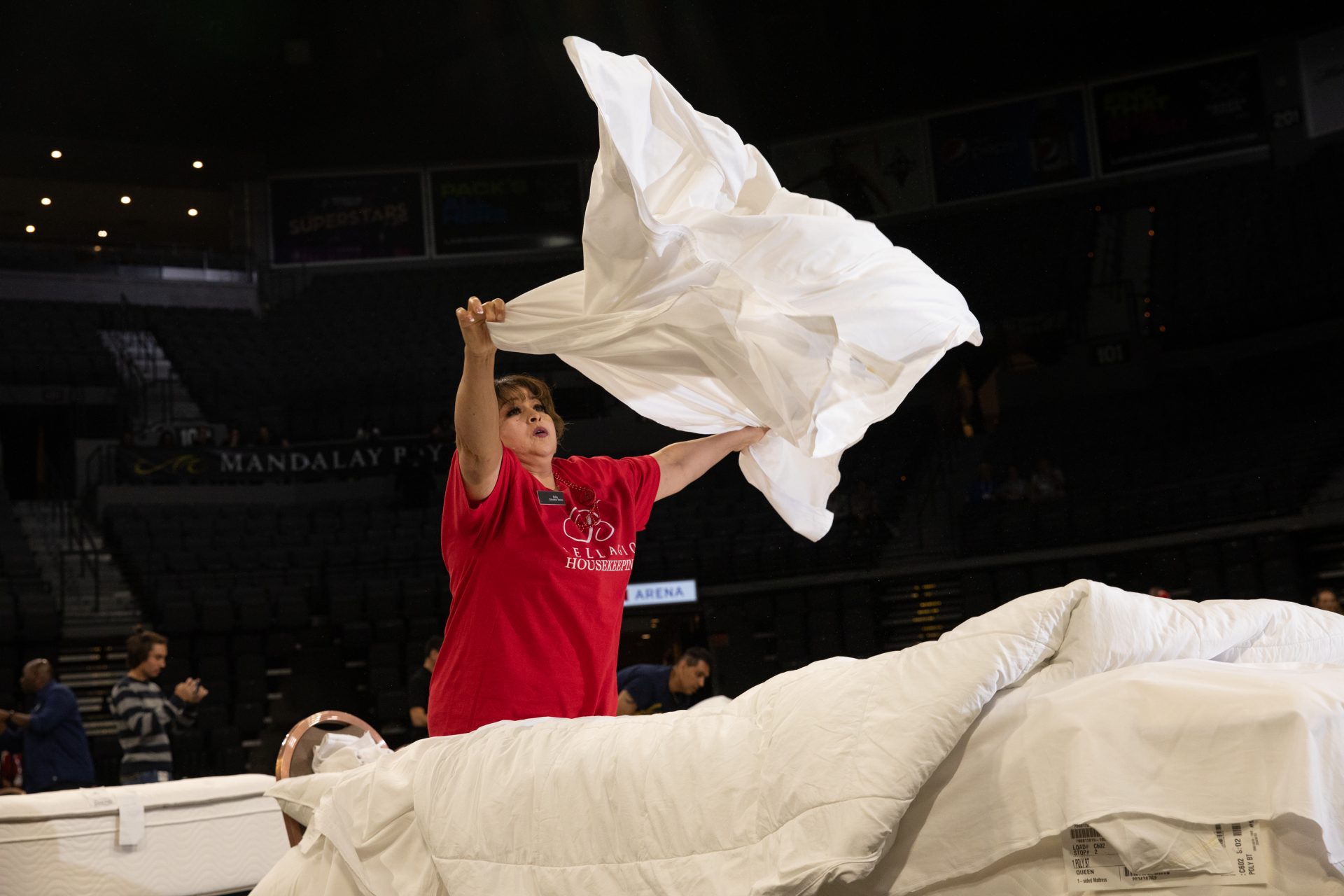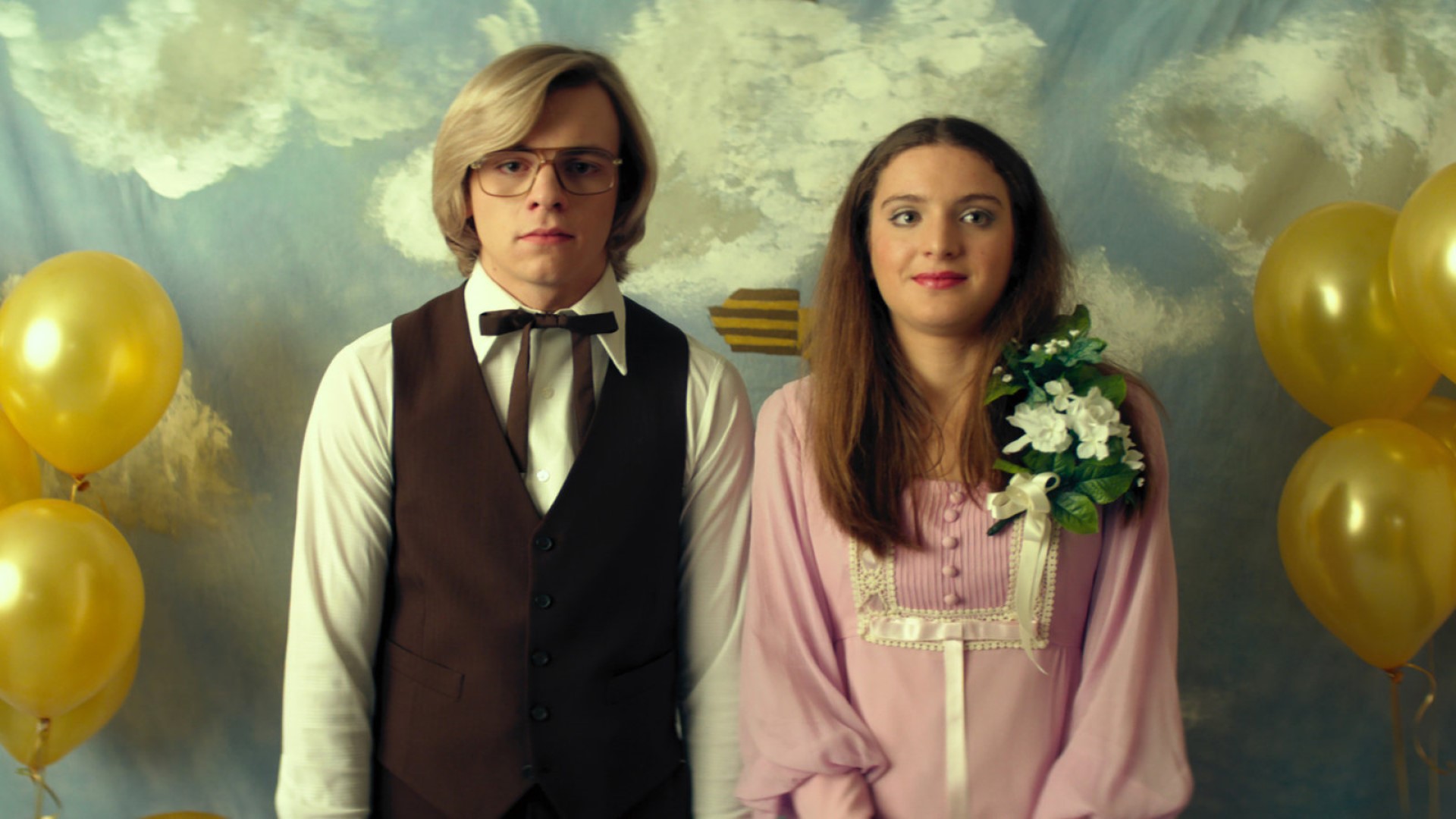A visual history of photography, from camera obscura to selfies
The human race has come a long way in terms of capturing the visual elements of the world around it, and, let's face it, of our own beautiful faces (and our dogs). While the urge has been within us for a long time, the rapid developments of the last two centuries have been pivotal. Say cheese and read on!
Photo: A calotype portrait of a spaniel type dog, 1844.
Dating back to ancient times, the camera obscura was the earliest form of the camera. It wasn't a camera in the modern sense but a dark room with a small hole that projected images from the outside, upside down. There are even theories that camera obscura effects inspired some Paleolithic cave paintings.
Image: The camera obscura principle as illustrated in James Ayscough's 'A Short Account of the Eye and Nature of Vision' (1755 fourth edition) / Wikimedia
In 1826, Joseph Nicéphore Niépce created one of the first photographs using a camera obscura and a pewter plate coated in Bitumen of Judea. The exposure lasted eight hours, capturing a grainy image of his estate. This is the oldest surviving camera photo.
Image: View from the Window at Le Gras, original plate (left) and colorized reoriented enhancement (right). Original (Niepce) and digitally retouched for educational use (Nguyen). Via Jonnychiwa / Wikimedia
In 1839, Louis Daguerre introduced the daguerreotype, a significant advancement that reduced exposure time and improved image clarity. These first 'practical' photographs became immensely popular for portrait photography.
Image: Daguerreotype portrait of poet Walt Whitman, 1853
This was an early photographic process introduced, which used paper coated with silver chloride. Unlike the daguerreotype, the calotype created a negative image that could be used to make multiple positive prints. However, while more flexible and easy to use, they did not displace the other camera due to its inventor William Henry Fox Talbot patenting the technology.
Image: An early calotype shows a group examining a skull, ca. 1845.
George Eastman revolutionized photography in the late 19th century with the invention of roll film. His Kodak camera, released in 1888, made photography accessible to the general public, coining the slogan, "You press the button, we do the rest." Amateurs using kodaks were said to take snapshots, such as this one of a dog on a tricycle from around 1905.
Although experiments in color photography happened in the 19th century, the Joly screen process emerged as a cheaper and better way. But it wasn't until the 1930s that practical color film, like Kodachrome, was available to the public, bringing vibrant hues to personal photographs.
Image: Autochrome of Mark Twain late in his life, 1908 - Alvin Langdon Coburn via The Art Stack / Wikimedia
In 1948, Edwin Land brought the Polaroid camera to market, a groundbreaking innovation that produced instant photos. This camera transformed the photography landscape, offering immediate gratification with instant prints.
Image: Bob Sammon taking pictures of Hermione Gingold with a Polaroid Camera for 'PERSON TO PERSON'. Image dated November 4, 1954.
The Single-Lens Reflex (SLR) camera, popularized in the 1960s, allowed photographers to see exactly what the lens sees, leading to more accurate and creative photography. It became a favorite among professionals and hobbyists alike.
Drawing on past inventions, in 1975, Steven Sasson (shown) of Eastman Kodak created the first self-contained digital camera, using a CCD sensor. It weighed 8 pounds (3.6 kg) and the images were digitally recorded onto a cassette tape. This marked the beginning of the digital photography era, although it would be years before digital cameras became widespread.
The 1990s and 2000s saw a dramatic shift to digital photography. Digital cameras offered the convenience of immediate image viewing, easy sharing, and limitless storage, leading to a significant decline in film photography. And hey, some of these old-school digital cameras are coming back in style!
Image: nicolaannepeltzbeckham / Instagram
Check your junk drawer! Your old digital cameras are cool (and valuable) again
In the early 2000s, Digital Single-Lens Reflex (DSLR) cameras emerged, combining the versatility of SLRs with digital technology. They offered higher resolution, better image quality, and the convenience of digital. This innovation marked a significant shift in professional and amateur photography alike.
The 21st century brought cameras to smartphones, revolutionizing the way we capture and share images. With the advent of smartphones, high-quality photography became accessible to virtually everyone, igniting the era of selfies and social media photography.
The introduction of action cameras, such as the GoPro in the early 2010s, revolutionized adventure and sports photography. These compact, durable, and waterproof cameras are designed to be attached to helmets, surfboards, cars, and other objects, enabling extreme sports enthusiasts and adventurers to capture high-quality videos and photos in challenging environments.
Over the past decade, smartphone cameras have seen tremendous advancements. Features like multiple lenses, optical zoom, image stabilization, and sophisticated software algorithms have turned phones into serious photography devices, challenging traditional cameras.
Image: kicia77 / Instagram
In recent years, drone technology has opened up new possibilities in photography, allowing for stunning aerial shots and new perspectives. Drones have become a popular tool for both professional photographers and hobbyists, adding a dynamic dimension to modern photography.
Follow Showbizz Daily to stay informed and enjoy more content!

